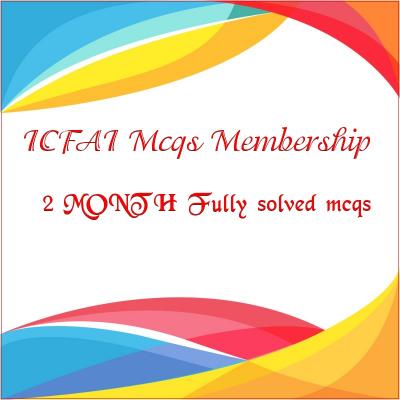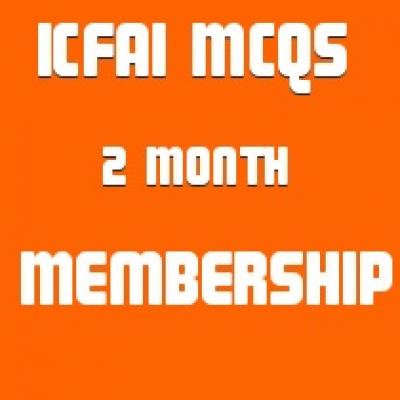BUSINESS ETHICS
Price:
Rs500
US researchers said on Monday they have created a new human embryonic stem cell by fusing an embryonic stem cell. They hope their method will provide a way to create tailor made treatments from scratch, using cloning technology. That would mean generating the valuable cells without using a human egg, and without creating a human embryo, which some people, including President George W. Bush, find objectionable. But the team, led by stem cell expert Douglas Melton, Kevin Eggan and others at Harvard Medical School, stress in a report to be published in next Friday’s issue of the journal Science that their method is not yet perfect. Stem cells are the body’s master cells, used to continually regenerate tissues, organs and blood. Those taken from days old embryos are considered the most versatile. They can produce any kind of tissue in the body. Doctors hope to use embryonic stem cells as a source of perfectly matched transplants to treat diseases such as cancer, Parkinson’s disease and some injuries. But because some people object to the destruction of or experimentation on a human embryo, US law restricts the use of federal funds for this kind of research. It is a hot debate in Congress and several bills have been offered for consideration that would either relax the federal restrictions or tighten them even more. Melton has complained about the restrains and, like other experts, has used private funding to pursue stem cell work. He and other experts say they only want to understand how to reprogram an ordinary cell and hope the use of human embryo would only be a short term and interim step to learning how to manufacture these cells. The Harvard team says they have taken a big step in this direction. Currently, embryonic stem cells are either taken from embryos left over from fertility clinics, or generated using a cloning technology called nuclear transfer. This requires taking the nucleus out of an egg cell and replacing it with the nucleus of an adult cell, called a somatic cell, f from the person to be treated. This reprograms the egg, which starts dividing as if it had been fertilized by a sperm.
Answer the following question.
Q1. Give an overview of the above case
Q2. What is cloning technology? Explain.
Q3. Explain the unethical aspects of cloning.
Q4. Discuss necessity and ethical aspects of cloning.
1. Case study solved answers
2. pdf/word
3. Fully Solved with answers







